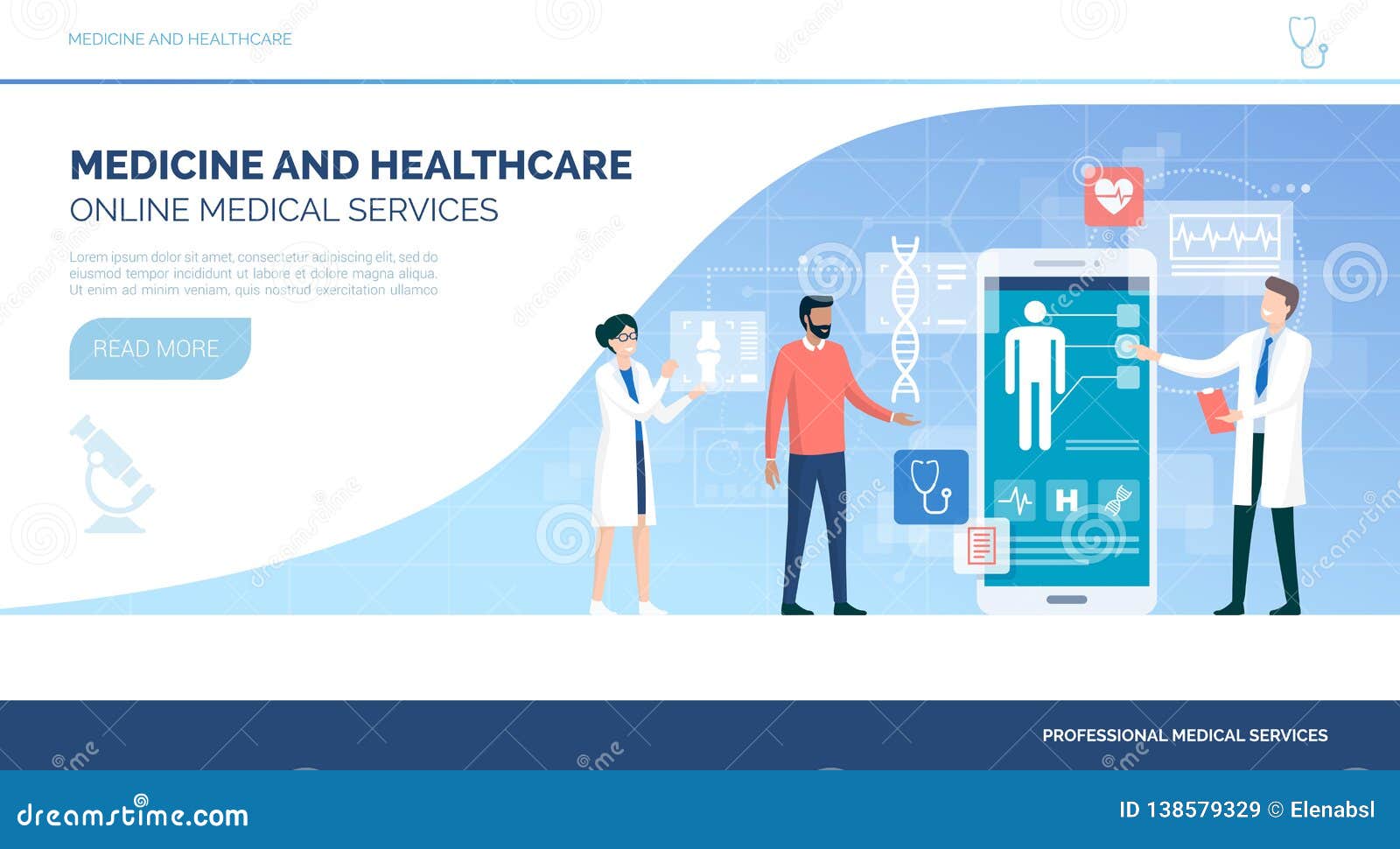How Subscription Based Healthcare is Transforming Patient Access to Services
How Subscription Based Healthcare is Transforming Patient Access to Services
Blog Article
Exactly How Subscription-Based Healthcare Is Reinventing the Medical Sector

The Surge of Registration Health Care
In the last few years, the healthcare industry has seen a considerable change in the direction of subscription-based versions, mirroring broader consumer trends favoring benefit and predictability. This change is driven by the boosting need for even more individualized and obtainable care solutions. Subscription healthcare, sometimes described as attendant medication or straight health care, provides clients a fixed monthly fee for a range of clinical solutions, substantially modifying standard fee-for-service designs.
The increase of subscription healthcare is facilitated by improvements in modern technology, which allow streamlined communication between companies and clients - subscription based healthcare. Digital platforms and telehealth solutions have actually ended up being integral, supplying individuals the capability to schedule consultations, gain access to clinical documents, and receive appointments online. This technical integration not just improves patient involvement however also enables service providers to supply a lot more efficient treatment
Furthermore, the registration design aligns with the progressing expectations of individuals who look for even more control over their healthcare costs and experiences. By eliminating the changability of co-pays and insurance cases, subscription-based medical care provides a uncomplicated and transparent technique. While this model is acquiring grip, its proliferation deals with obstacles such as regulatory obstacles and the requirement for broader approval within the conventional healthcare ecological community. Its growing existence notes a crucial minute in the evolution of healthcare shipment.
Benefits for Suppliers and people
Subscription-based healthcare offers a wide range of benefits for both companies and individuals, reshaping the dynamics of treatment. For people, this version offers improved accessibility to healthcare services. With a predictable month-to-month cost, patients can take pleasure in endless consultations, lowered delay times, and personalized care. This arrangement commonly brings about a much more aggressive technique to health and wellness management, enabling prompt interventions that can prevent persistent conditions from escalating. In addition, the monetary transparency of membership models lowers the changability associated with typical fee-for-service invoicing, minimizing the burden of unanticipated medical expenditures.
For doctor, subscription-based models promote an even more lasting and rewarding technique. By safeguarding a constant income stream, service providers can concentrate on supplying top quality treatment without the stress of volume-based solution. This version encourages longer client consultations, promoting more powerful patient-provider partnerships and boosting wellness outcomes. Additionally, it provides companies the versatility to introduce and integrate all natural and preventative treatment techniques. Management jobs are commonly structured, lowering overhanging prices and enabling suppliers to devote more time to individual interaction. In general, subscription-based health care aligns the incentives of providers and patients, advertising an extra effective and patient-centered healthcare delivery system.
Trick Functions of the Model
Often, the key functions of the subscription-based medical care model highlight its distinctive approach to providing clinical solutions. Central to this model is the concept of foreseeable, month-to-month settlements, offering patients a detailed series of services without the unpredictability of standard fee-for-service frameworks. This model typically consists of endless access to health care solutions, preventative treatment, and regular check-ups, guaranteeing that clients can involve with their doctor proactively rather than reactively.
Additionally, direct communication channels, such as telemedicine and messaging platforms, are highlighted, enabling individuals to get prompt suggestions and appointments without needing in-person consultations. This enhances accessibility and benefit, particularly for individuals with wheelchair restraints or those staying in remote areas. The design likewise promotes stronger doctor-patient partnerships, as medical care providers are incentivized to focus on long-term wellness end results instead than temporary check outs.
In addition, subscription-based health care commonly integrates technological innovations, such as digital health and wellness records and health surveillance applications, to offer customized and efficient care. Patients profit from collaborated and continuous treatment administration, which is tailored to their details health and wellness needs. Inevitably, these functions collectively develop a patient-centered health care experience, focusing on availability, cost openness, and precautionary treatment.

Considerations and challenges
While the subscription-based medical care model uses various benefits, it is not without its challenges and factors to consider. Registration models might accidentally favor those with greater socioeconomic standing, potentially expanding variations in medical care access for lower-income people that may have a hard time with month-to-month fees.
One more difficulty exists in regulatory compliance. Subscription-based medical care must navigate a complicated internet of regulations that vary by region, consisting of concerns around client privacy, information defense, and state licensing requirements. Guaranteeing conformity without restraining the model's flexibility and development can be intimidating for carriers.
Additionally, there is the risk of overutilization or underutilization of services. Clients paying a taken care of cost may overuse services, resulting in boosted functional expenses, while others may underutilize because of be afraid of straining the system, potentially disregarding necessary care.
Future Potential Customers and Innovations
The landscape of subscription-based health care is poised for transformation via emerging advancements and developing potential customers. As technology remains to advance, the combination of expert system and artificial intelligence provides substantial opportunities to improve analysis accuracy and improve person management. Anticipating analytics can change preventive care by recognizing prospective health risks prior to they materialize, thereby lowering both expenses and the problem on health care systems.
Furthermore, telemedicine is established to broaden within membership models, offering people enhanced accessibility to healthcare professionals regardless of geographical restrictions. This not only facilitates connection of care however additionally empowers individuals to engage even more proactively in their wellness management. Additionally, blockchain modern technology provides prospective in securing individual data and making certain interoperability across systems, promoting trust and transparency.
Partnerships between technology companies and health care service providers are most likely to generate ingenious services, improving patient experiences and results. As these potential customers appear, subscription-based healthcare has the possible to redefine how care is Web Site supplied and accessed.
Verdict
Subscription-based healthcare is transforming the clinical industry by offering a more obtainable, predictable, and patient-centered approach to clinical services. This design improves patient-provider connections, makes sure monetary transparency, and highlights preventive care through limitless assessments and telemedicine. Despite difficulties such as governing obstacles and prospective variations in access, the membership model holds promise for a more reliable and customized health care experience. As innovation advancements, further technologies are likely to attend to existing difficulties and optimize medical care distribution.
Registration healthcare, often referred to as concierge medicine or direct primary treatment, uses patients a set regular monthly cost for a range of medical visit this web-site solutions, significantly changing standard fee-for-service versions.
Furthermore, the membership version aligns with the advancing expectations of clients that look for even more control over their medical care expenses and experiences. For clients, this design supplies boosted accessibility to healthcare services. Overall, subscription-based healthcare lines up the rewards of service providers and clients, promoting a much more effective and patient-centered health care shipment system.
Furthermore, telemedicine is set to broaden why not look here within membership models, offering clients enhanced access to healthcare professionals no matter of geographical restraints. - subscription based healthcare
Report this page